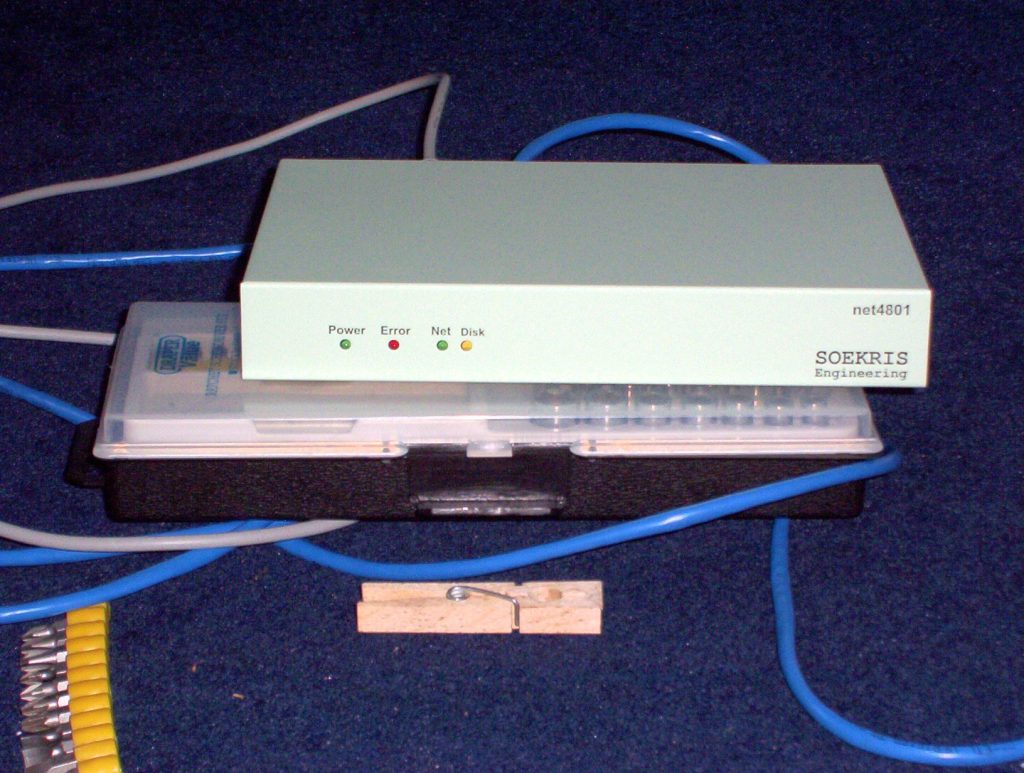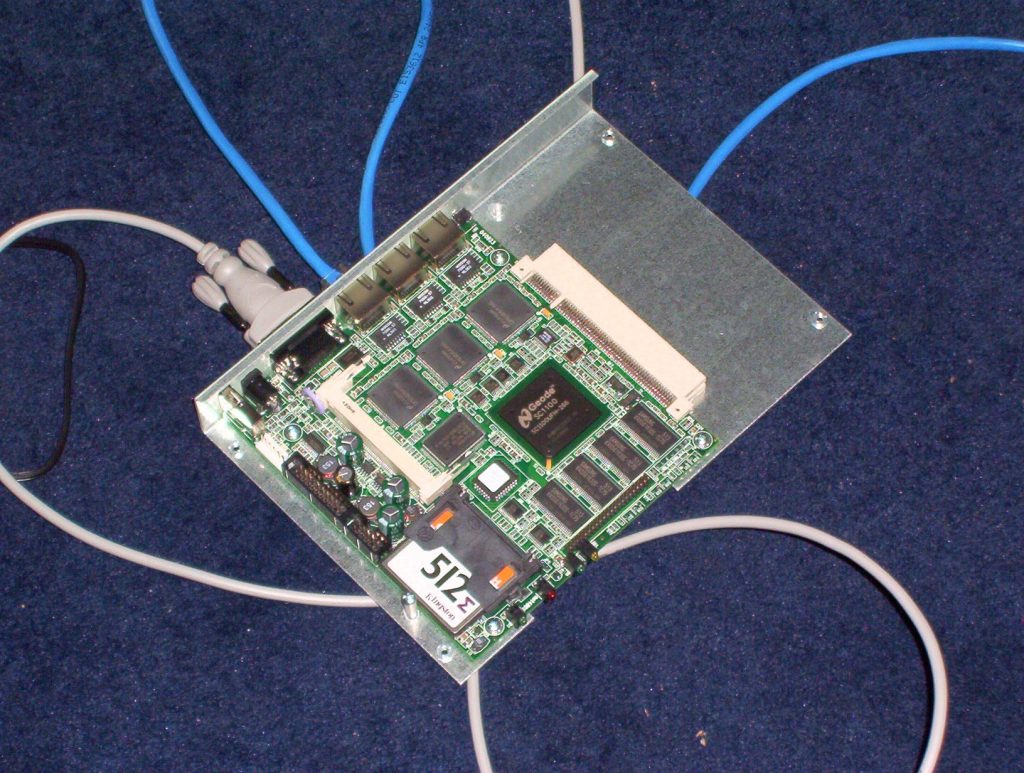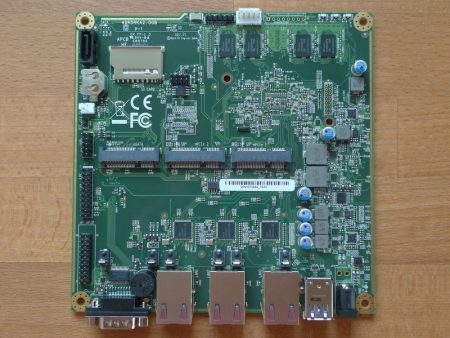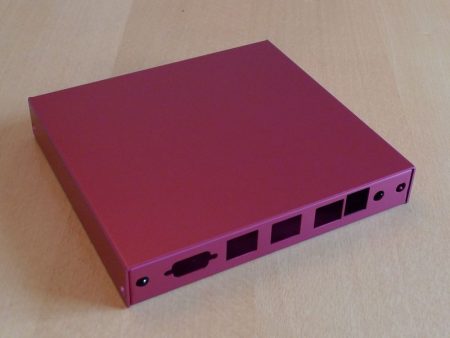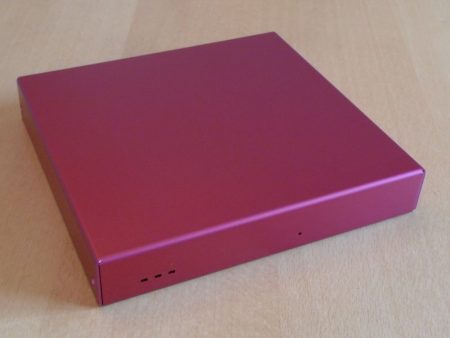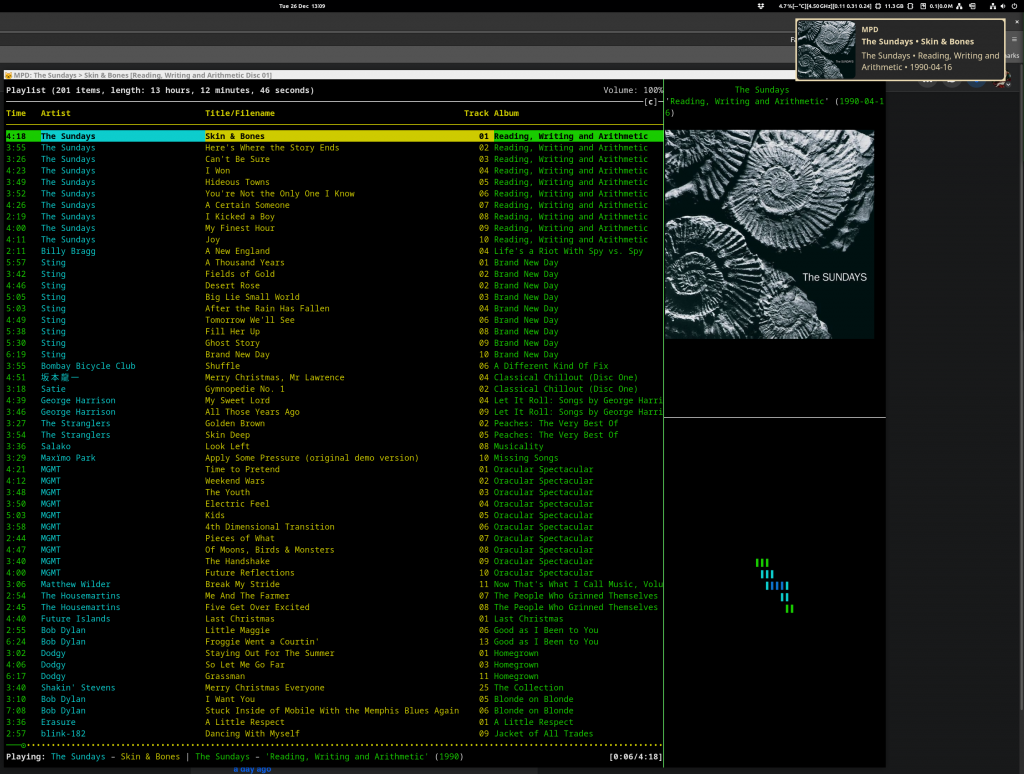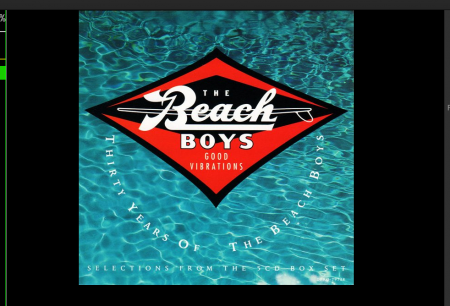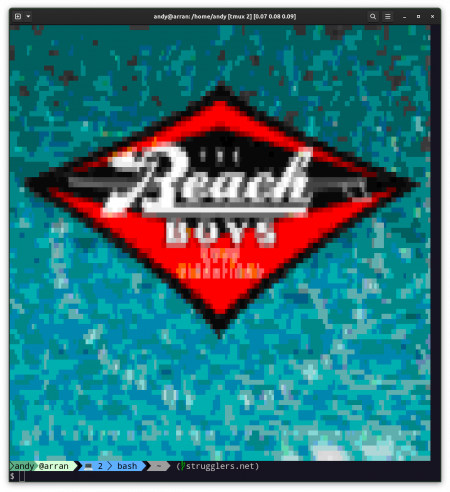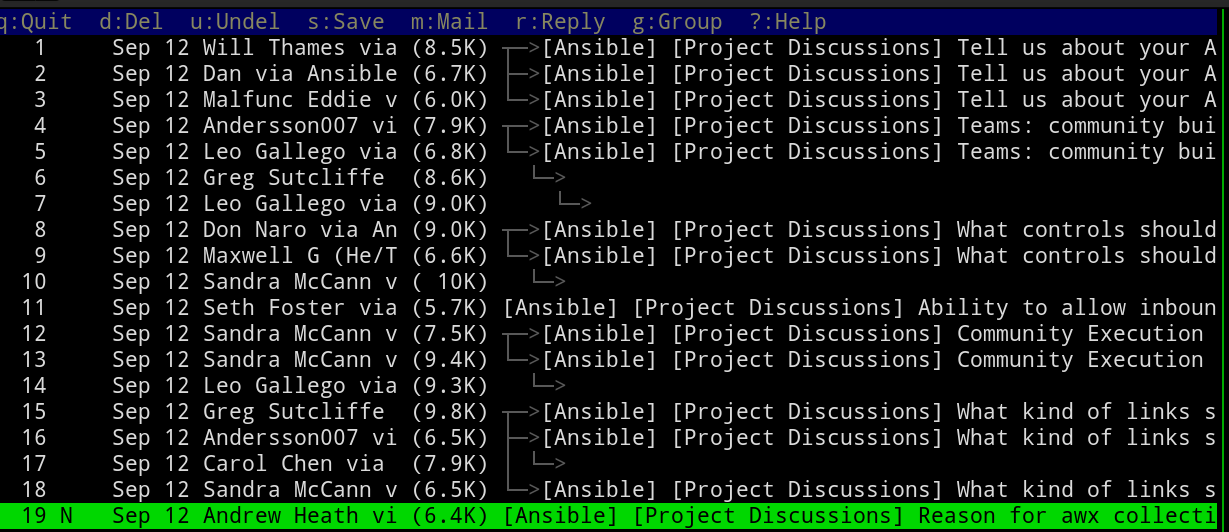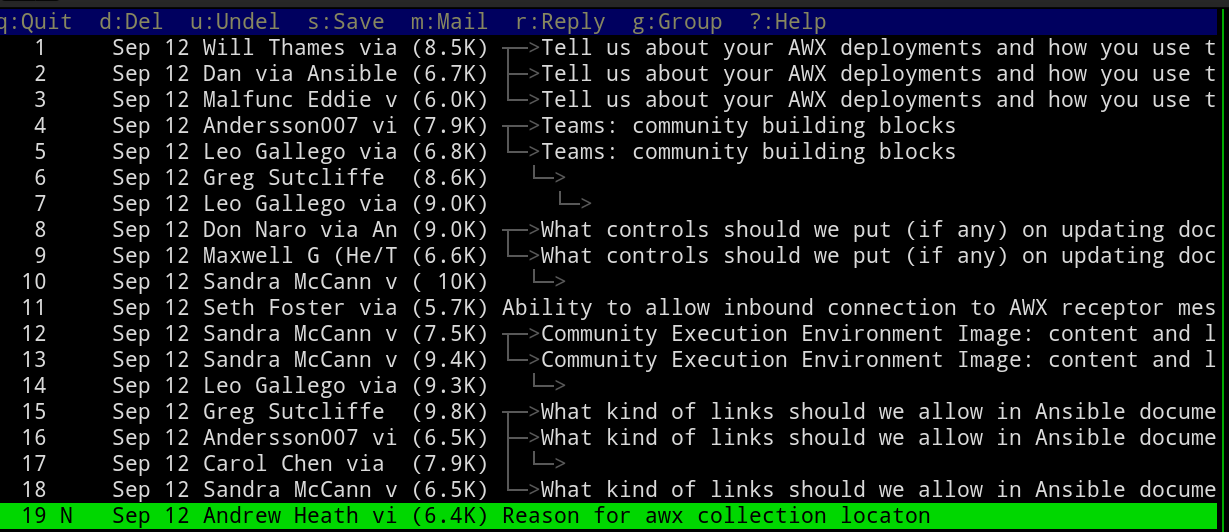Yesterday I started thinking about maybe learning some Rust and as part of that I thought perhaps I might try to implement a link shortener.
Disclaimer
Now, clearly there are tons of existing commercial link shorteners, I’m not interested in making a commercial link shortener since:
- I don’t think I am capable of doing a great job of it.
- I think being a commercial success here would involve a lot of activity
that I don’t like.
There’s also plenty of existing FOSS projects that implement a link shortener, in almost every language you can think of. That’s interesting from an inspiration point of view but my goal here is to learn a little bit about Rust so there’s no point in just setting up someone else’s project.
So anyway, point is, I’m not looking to make something commercially viable and I don’t think I can make something better than what exists. I’m just messing about and trying to learn some things.
Seems like a good project to learn stuff – it can be very very simple, but grow to include many different areas such as databases, REST API, authentication and so on.
On Procrasturbation
The correct thing to do at this point is to just get on with it. I should not even be writing this article! I should be either doing paying work, life admin, or messing about with my learning project.
As usual though, my life is a testament to not doing the correct thing. 😀 Charitably I’ll say that I can’t stop myself from planning how it should be done rather than just doing it. Realistically there is a lot of procrastination in there too.
So Many Open Questions
I hope I’ve made clear that this is a learning goal for me, so it follows that I have a lot of open questions. If you came here looking for expert guidance then you’ve come to the wrong place. If you have answers to my questions that would be great though. And of the few assertions I do make, if you disagree then I’d also like to hear that opinion.
Thinking About Link Shorteners
Is enumeration bad?
Obviously the entire point of a link shortener is to map short strings to long ones. As a consequence the key space of short strings is quite easy to iterate through and the pressure is always there to keep the space small as that’s what makes for appealing short links. Is this bad? If it is bad, how bad is it and so how much should the temptation to keep things short be resisted?
An extremely naive link shortener might just increment a counter (and perhaps convert decimal digits to a string with more symbols so it’s shorter). For example:
- example.com/0
- example.com/1
- example.com/2
- …
- example.com/99
- example.com/100
That’s great for the shortest keys possible but it’s trivial for anyone in the world to just iterate through every link in your database. Users will have an expectation that links they shorten and do not show to anyone else remain known only by them. People shorten links to private documents all the time. But every guess results in a working (or at least, submitted) link and they would be proximal in time: link 99 and link 100 were likely submitted very close together in time, quite possibly by the same person.
A simple counter seems unacceptable here.
But what can a link shortener actually do to defend against enumeration? The obvious answer is rate limiting. Nobody should be doing thousands of GET requests against the shortener. And if the key space was made sparse so that some of these GET requests result in a 404, that’s also highly suspicious and might make banning decisions a lot easier.
Therefore, I think there should be rate limiting, and the key space should be sparse so that most guesses result in a 404 error.
When I say “sparse key space” I mean that the short link key that is generated should be randomly and evenly distributed over a much larger range than is required to fit all links in the database.
How sparse though? Should random guesses result in success 50% of the time? 1%? 0.1%? I don’t know. I don’t have a feel for how big a key space would be to begin with. There is always the tension here against the primary purpose of being short!
If that’s not clear, consider a hash function like md5. You can feed anything into md5 and it’ll give you back a 128 bit value which you could use as the key (the short link). Even if you have billions of links in your database, most of that 128 bit key space will be empty.
(If you’re going to use a hash function for this, there’s much better hash functions than md5, but just to illustrate the point.)
The problem here is, well, it’s 128 bits though. You might turn it into hex or Base64 encode it but there’s no escaping the fact that 128 bits of data is Not Very Short and never will be.
Even if you do distribute over a decently large key space you’ll want to cut it down for brevity purposes, but it’s hard (for me) to know how far you can go with that. After all, if you have just 32 links in your database then you could spread them out between /00 and /ff using only hex and less than 1 in 8 would correspond to a working link, right?
I don’t know if 1 in 8 is a small enough hit rate, especially at the start when it’s clear to an attacker that your space has just 256 possible values.
Alphabets
Moving on from the space in which the keys exist, what should they actually look like?
Since I don’t yet know how big the key space will be, but do think it will have to start big and be cut down, maybe I will start by just looking at various ways of representing the full hash to see what kind of compression can be achieved.
I’ve kind of settled on the idea of database keys being UUIDv7. A UUIDv7 is 128 bits although 6 bits of it is reserved for version fields. Out of the top 64 bits, 60 of them are used for a timestamp. Of the bottom 64 bits, 62 of them are used for essentially random data.
I’m thinking that these database keys will be private so it doesn’t matter that if you had one you could extract the submit time out of it (the top 60 bits). The purpose of having the first half of the key be time-based is to make them a bit easier on the database, providing some locality. 128 bits of key is massive overkill but I think it’s worth it for the support (for UUIDv7) across multiple languages and applications.
As I say, I know I’m not going to use all of the 128 bits of the UUIDv7 to generate a short key but just to see what different representations would look like I will start with the whole thing.
Base64
The typical answer to this sort of thing is Base64. A Base64 representation of 128 bits looks like this:
$ dd if=/dev/urandom bs=16 count=1 status=none | base64
uLU3DiqA74492Ma6IMXfyA== |
$ dd if=/dev/urandom bs=16 count=1 status=none | base64
uLU3DiqA74492Ma6IMXfyA==
The == at the end are padding and if this doesn’t need to be decoded, i.e. it’s just being used as an identifier — as is the case here — then they can be omitted. So that’s a 22-character string.
Base64URL
Base64 has a few issues when used as parts of URLs. Its alphabet contains ‘+’, ‘/’ and (when padding is included) ‘=’, all of which are difficult when included in a URL string.
Base64URL is a modified Base64 alphabet that uses ‘-‘ and ‘_’ instead and has no padding. Apart from being friendly for URLs it will also be 22 characters.
Base58
There are additional problems with Base64 besides its URL-unfriendly alphabet. Some of it is also unfriendly to human eyesight. Its alphabet contains ‘1’, ‘l’, ‘O’ and ‘0’ which are easy to confuse with each other.
The Bitcoin developers came up with Base58 (but let’s not hold that against it…) in order to avoid these transcription problems. Although short links will primarily be copied, pasted and clicked on it does seem desirable to also be able to easily manually transcribe them. How much would we pay for that, in terms of key length?
A Base58 of 128 bits looks like this:
That happens to be 21 characters which implies it is somehow shorter than Base64 despite the fact that Base58 has a smaller alphabet than Base64. How is it possible?
It’s because each character of Base58 encodes a fractional amount of data — 58 isn’t a power of 2 — so depending upon what data you put in sometimes it will need 22 characters and other times it only needs 21.
It can be quantified like this:
- Base64 = log2 64 = 6 bits encoded per character.
- Base58 = log2 58 = 5.857980995127572 bits per character.
It seems worth it to me. It’s very close.
How much to throw away
In order to help answer that question I wanted to visualise just how big various key spaces would be. Finally, I could no longer avoid writing some code!
I’d just watched Jeremy Chone’s video about UUIDs and Rust, so I knocked together this thing that explores UUIDv7 and Base58 representations of (bits of) it. This is the first Rust I have ever written so there’s no doubt lots of issues with it.
The output looks like this:
Full UUID:
uuid v7 (36): 018f244b-942b-7007-927b-ace4fadf4a88
Base64URL (22): AY8kS5QrcAeSe6zk-t9KiA
Base58 (21): CAfx7fLJ3YBDDvuwwEEPH
Base58 of bottom 64 bits:
Hex bytes: [92, 7b, ac, e4, fa, df, 4a, 88]
Base58 encodes log2(58) = 5.857980995127572 bits per character
IDs from… Max chars Base58 Can store
…bottom 64b 11 RW53EVp5FnF = 18,446,744,073,709,551,616 keys
…bottom 56b 10 5gqCeG4Uij = 72,057,594,037,927,936 keys
…bottom 48b 9 2V6bFSkrT = 281,474,976,710,656 keys
…bottom 40b 7 SqN8A3h = 1,099,511,627,776 keys
…bottom 32b 6 7QvuWo = 4,294,967,296 keys
…bottom 24b 5 2J14b = 16,777,216 keys
…bottom 16b 3 6fy = 65,536 keys |
Full UUID:
uuid v7 (36): 018f244b-942b-7007-927b-ace4fadf4a88
Base64URL (22): AY8kS5QrcAeSe6zk-t9KiA
Base58 (21): CAfx7fLJ3YBDDvuwwEEPH
Base58 of bottom 64 bits:
Hex bytes: [92, 7b, ac, e4, fa, df, 4a, 88]
Base58 encodes log2(58) = 5.857980995127572 bits per character
IDs from… Max chars Base58 Can store
…bottom 64b 11 RW53EVp5FnF = 18,446,744,073,709,551,616 keys
…bottom 56b 10 5gqCeG4Uij = 72,057,594,037,927,936 keys
…bottom 48b 9 2V6bFSkrT = 281,474,976,710,656 keys
…bottom 40b 7 SqN8A3h = 1,099,511,627,776 keys
…bottom 32b 6 7QvuWo = 4,294,967,296 keys
…bottom 24b 5 2J14b = 16,777,216 keys
…bottom 16b 3 6fy = 65,536 keys
The idea here is that the bottom (right most) 64 bits of the UUIDv7 are used to make a short key, but only as many bytes of it as we decide we need.
So for example, if we decide we only need two bytes (16 bits) of random data then there’ll be 216 = 65,536 possible keys which will encode into three characters of Base58 — all short links will be 3 characters for a while.
When using only a few bytes of the UUID there will of course be collisions. These will be rare so I don’t think it will be an issue to just generate another UUID. As the number of existing keys grows, more bytes can be used.
Using more bytes will also enforce how sparse the key space is.
For example, let’s say we decide that only 1 in 1,000 random guesses should hit upon an existing entry. The first 65 links can be just three characters in length. After that the key space has to increase to 4 characters. That gets us 4 × 5.857980995127572 = 23 and change bits of entropy, which is 223 = 8,388,608 keys. Once we get to 8,388 links in the database we have to go to 5 characters which sees us through to 16,777 total keys.
Wrap Up
Is that good enough? I don’t know. What do you think?
Ultimately you will not stop determined enumerators. They will use public clouds to request from a large set of sources and they won’t go sequentially.
People should not put links to sensitive-but-publicly-requestable data in link shorteners. People should not put sensitive data anywhere that can be accessed without authentication. Some people will sometimes put sensitive data in places where it can be accessed. I think it’s still worth trying to protect them.
Aside
Having some customers who run personal link shorteners that they keep open to the public (i.e. anyone can sumit a link), they constantly get used for linking to malicious content. People link to phishing pages and malware and then put the shortlink into their spam emails so that URL-based antispam is confused. It is a constant source of administrative burden.
If I ever get a minimum viable product it will not allow public link submission.
